|
Real readers…
Students should be given the opportunity to read what they like. Allow them to choose their books. Encourage them to try different genres to figure out their likes and dislikes. Schedule regular “choice reading” days for students to read books off-level. They could read magazines, comics, e-books, or listen to audio books. Our students spend plenty of time being forced to read things they don’t understand and can’t relate to. Teach them what it’s like to really enjoy reading.
Here a few of my students favs:
0 Comments
I was fortunate enough to teach at a school that supported and encouraged failure amongst its teachers. So when I pitched the idea that our 10th graders needed a reading class in addition to their English class and was given a $5,000 budget, I was only partially freaking out when it did not work.
Actually, I was covered in hives. But that motivated me to hit the books and talk with the kids to come up with something that was amazing. I will save you the pain of my failure and just get to my success! So after asking the kids what they wanted and after reading I Read It But I Don’t Get It by Chris Tovani and The Reading Zone by Nancy Atwell this is what we ended up with. Here is what it takes: Tons of books (you can procure these at thrift shops, yard sales and Donors Choose Projects) Tons of post its List of what good readers do List of what to do when I am stuck/lost Honesty about your reading habits Benchmarking system to produce data A healthy reading habit of your own Computers (optional) First- fill the classroom with books. Invite colleagues and students to bring books in. When you get a large batch of books-- pretend it is Christmas. I taught 6 classes/day. When a box of books came in from our Donors Choose Projects, I had to repack them 6 times so the next class thought they were opening the books. That’s how excited my students, inner city below reading level 10th graders, got when they got to dig through the books. Second-explain to the students the point of the class. Here are some key points I hit
Third- things to teach
Eventually when I returned to the English classroom, I was able to incorporate so much of this beauty into that class. Future blogs will highlight what I did there. I know what good readers do. I’m a good reader. But how do I teach my students the specific skills they need to become good readers too? First, we know that good readers do a lot of things simultaneously. It is our job to untangle the multitude of skills and break them down into explicit strategies for students to practice. Their brains need time to practice each skill separately until they are strong enough to do them all together. (If you teach Guided Reading or Small Group Strategy lessons you know what I’m talking about.) To untangle this mess, consider the difference between goals, skills, and strategies. Jennifer Serravallo does an amazing job of explaining the relationship between each of these distinct categories in The Reading Strategies Book: Your Everything Guide to Developing Skilled Readers. “Within each goal, there may be one or more skills that a reader would need to work on. For example, if a student is working on a goal of understanding character, that may involve inferring (reading between the lines to name traits/feelings) but also synthesis (putting together information across a book to determine how a character changes). Once you’ve identified the skills, you can find specific strategies to accomplish those skills.” p.5 So how do we figure out what goal, skills, and strategies students need? Collect some data! Use your favorite diagnostic/formative assessment tool (IRA, DRA, QRI, running record, etc.) to determine your students’ strengths and weaknesses. Then use Serravallo’s Heirarchy of Possible Goals (p. 3) to prioritize. Use the remaining chapters of the book to find specific strategies to teach during Guided Reading or Small Group Strategy lessons. Each strategy has tips for teaching and colorful visuals for students to use as reminders, post-its, bookmarks, charts, etc.
Stay tuned for a top 10 list of my favorite strategies and how to get students to use them independently! Resources: Reading Strategies Book: https://www.amazon.com/Reading-Strategies-Book-Everything-Developing/dp/032507433X http://www.jenniferserravallo.com/ Teacher’s College Reading & Writing Project Running Records: http://readingandwritingproject.org/resources/assessments/running-records Teaching English in inner city North Philadelphia has probably taught me more than any college classroom. In fact, sometimes I fear that I have learned more from my students than they have from me. As an undergraduate, I dreamed of sitting in a circle in my inner city school (it wasn’t haphazardly that I ended up in the inner city, it was my goal) introducing the students to Thoreau and Wordsworth, discussing their impact on literature and society and pondering with the students how they are still relevant today. I quickly learned that in order to get students to that hippie circle they would have to learn to read and then learn to enjoy reading. And it was not as hard as it sounds! But first I had to fail miserably, fight a bout of stress induced hives, consult my students and read a few books! I mostly relied on my students’ opinions, Cris Tovani’s I Read It but I Don’t Get It and The Reading Zone by Nancy Atwell. What I learned and what I profess.
First off, let’s look at how people learn according to the National . While I did not know this when I was teaching reading, looking back it is clear that what good readers already do fits into the framework on how people learn: People learn by participating in 3 activities:
This is what good readers do. You must teach this skills to students. Give them guided practice and then individual practice for each skill. And talk about each of the experiences; metacognition is a huge part of the learning process. |
AuthorSKate Jaworski ArchivesCategories
All
|
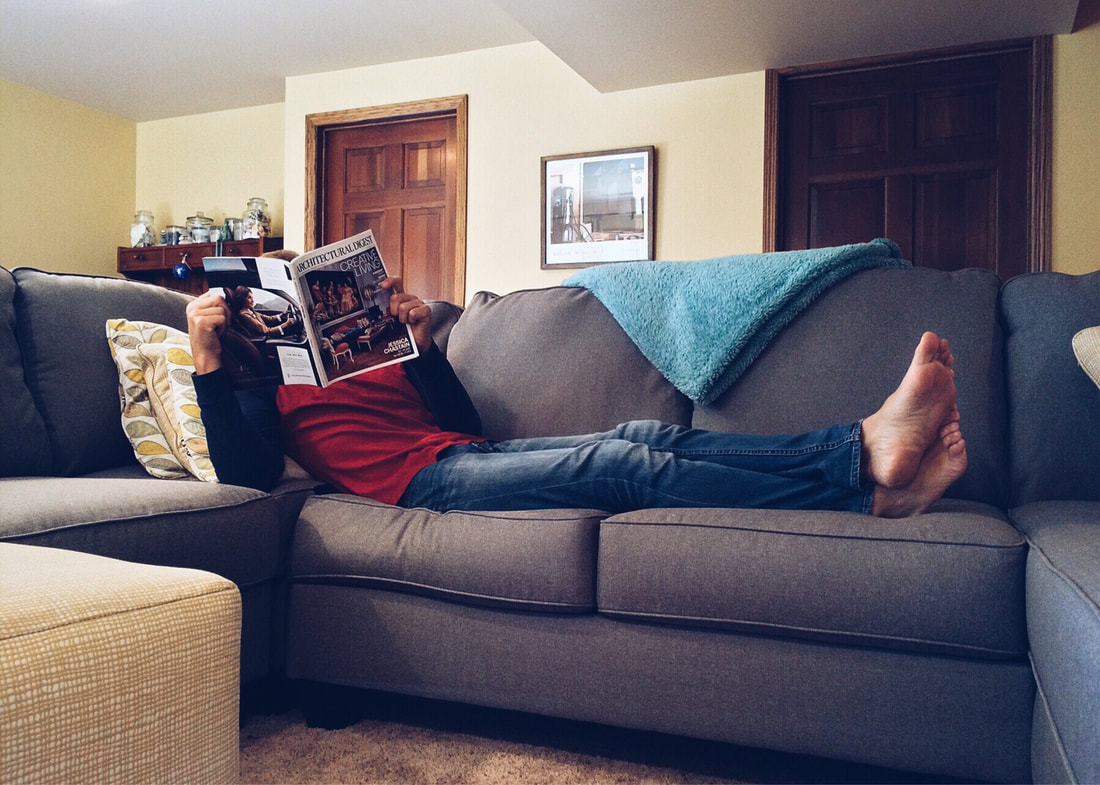
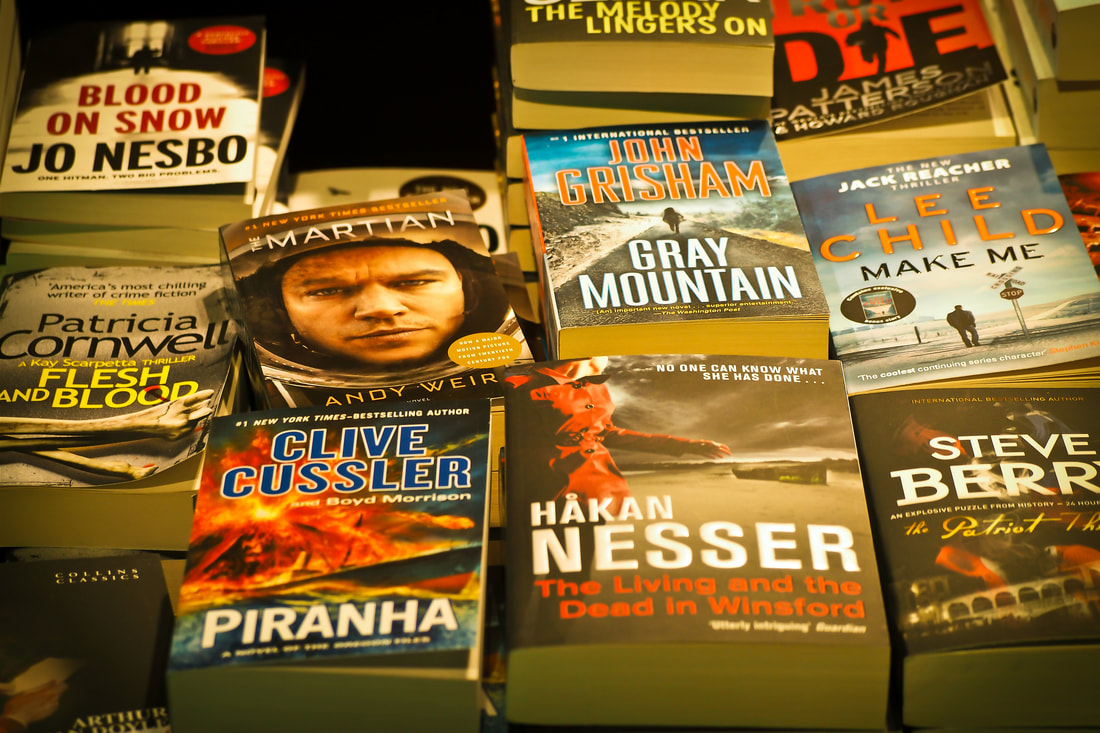
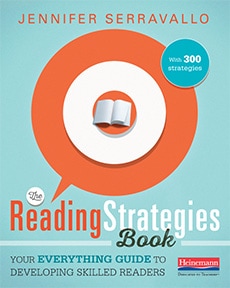
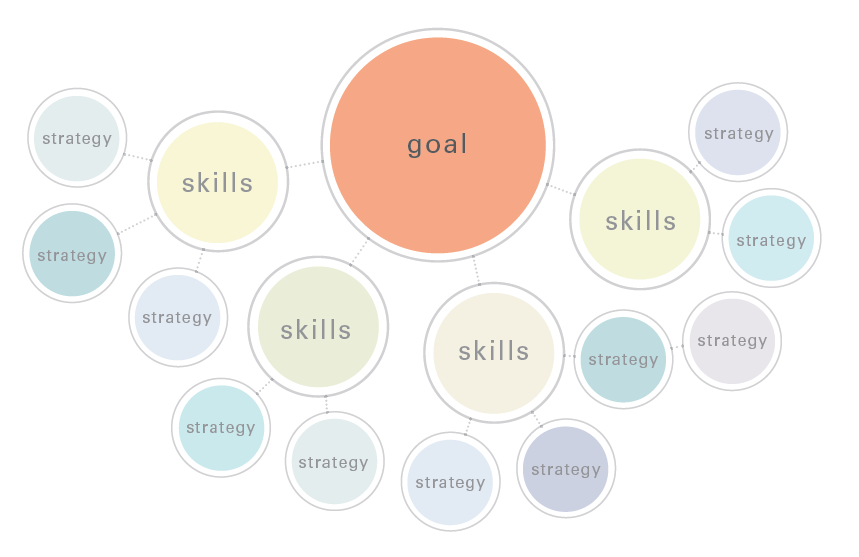
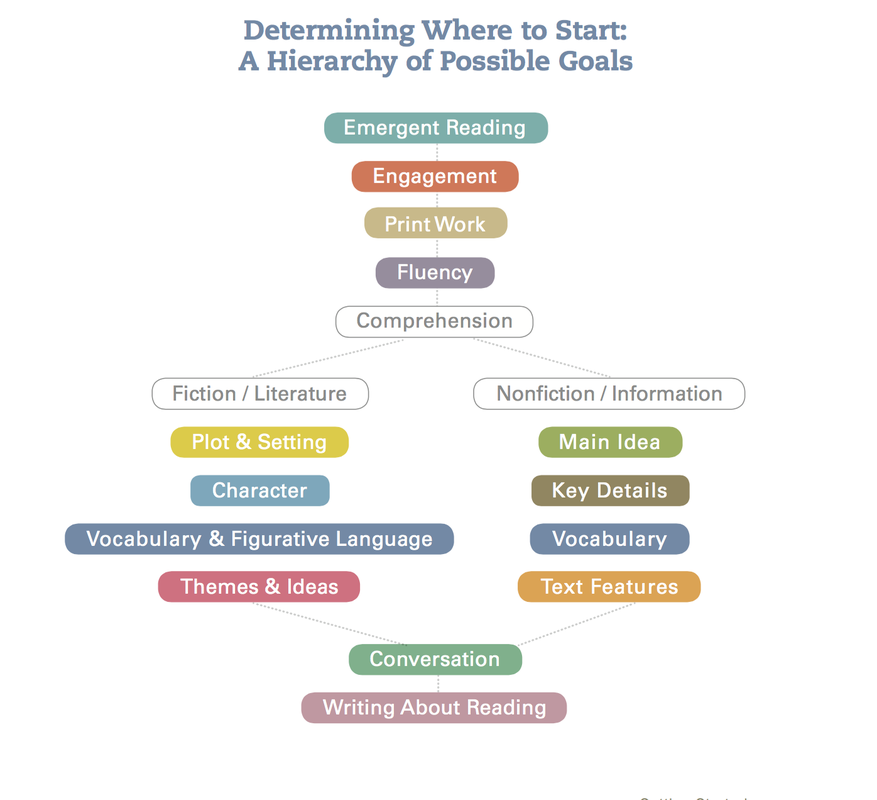
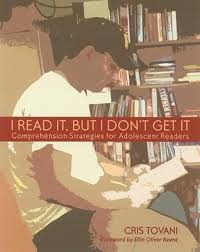
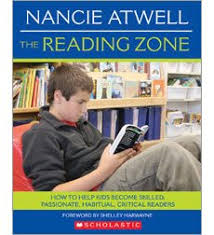
 RSS Feed
RSS Feed
